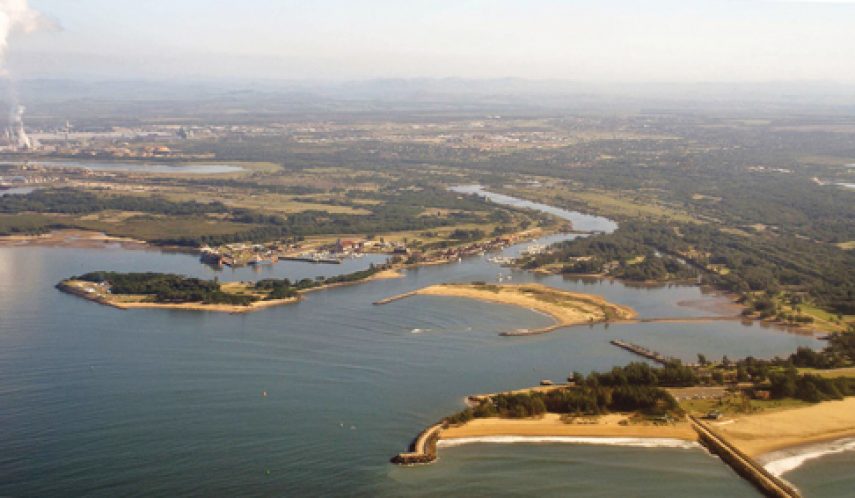AFTER more than two decades of planning and several false starts, Richards Bay finally looks set to receive a badly-needed floating dock and ship repair facility.
First mooted in 1996, the development has failed to get off the ground despite the backing of Transnet and the Department of Transport, and interest from Chinese and South Korean investors.
Last April, new life was breathed into the project when Deputy Minister of Transport Sindisiwe Chikunga visited the port and announced that a ship repair facility remained a key priority of government’s Operation Phakisa and that investors were being sought to the tune of R30 billion.
Maritime watchers remained sceptical, however, given the development’s chequered track record. But it has just taken a significant step closer to becoming a reality with the news that infrastructure work needed for the project has begun and that a request for proposal will be issued shortly.
Online trade website, Africa Ports and Ships, reported that a large floating dock is envisaged and will accommodate Capesize vessels, bulk carriers and tankers greater than 150,000 dwt. The port of Richards Bay handles the largest number of large (Capesize and over) ships of any port in South Africa;
According to the report, an infrastructure preparation project to create the conditions for a private operator to install and operate a floating dock through an open market approach has commenced and it is expected that a request for proposal will be issued towards the end of Q1 of the 2018 financial year (around July).
The Repair Quay at the Small Craft Harbour has reportedly been earmarked to accommodate the floating dock facility, which will require deepening of the berth and a makeover of the quay.
Transnet National Ports Authority (TNPA), which manages South Africa’s eight commercial ports, has reported that the project progress for the pre-feasibility study is 90% complete and the overall project status is 23% with a forecast completion date of March 2022.
The environmental impact assessment is in the hands of Sivest Environmental Consultants, who are undertaking a basic assessment report. The forecast record of decision date is set for September this year.
The draft basic assessment report has been sent to the Department of Environmental Affairs (DEA), the DEA Oceans and Coast Branch, KZN Wildlife, the Department of Water Affairs, the local and district municipality as well as the Department of Economic Development, Tourism and Environmental Affairs in March.
The new business development department is in the process of appointing a transactional adviser, with a forecast date for June.
Minister Chikunga, speaking during her visit last year, said that the Richards Bay Industrial Development Zone (IDZ) would be key to the success of the project. The purpose-built industrial estate is linked to the port and tailored for manufacturing and storage of minerals and products to boost beneficiation, investment, economic growth.
“First world infrastructure allows for the full exploitation of the area’s natural and strategic advantages. Through the superb industrial infrastructure, well established network of shipments, tax and duty-free incentives, the IDZ aims to encourage international competitiveness and the attraction of export-orientated manufacturing investment,” Chikunga said.
Meanwhile, development at the IDZ continues, with the zone’s CEO Pumi Motsoahae announcing that RB Energy Services, an affiliate of the Lovemore Brothers group, has commenced construction of a facility which includes a warehouse, gantry crane set-up and offices.
The heavy logistics company is around R20 million, with completion of construction scheduled for the second quarter of the 2019 financial year.
“The company’s ultimate intent is to establish a plant and develop the operations with a full spectrum of services in machinery logistics,” Motsoahae said.
“The diverse services in machinery logistics will have a wide scope of offerings including rigging, warehousing, packaging and crafting abnormal loads, mechanical services, engineering drafting and heavy machine transportation.”

